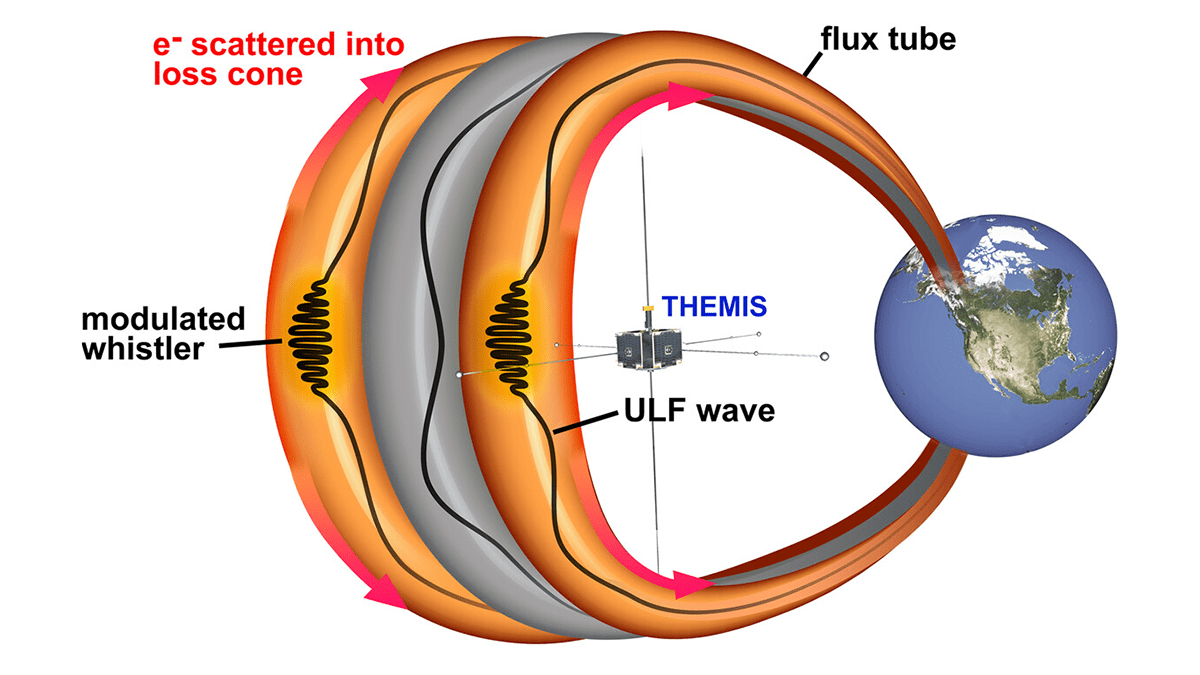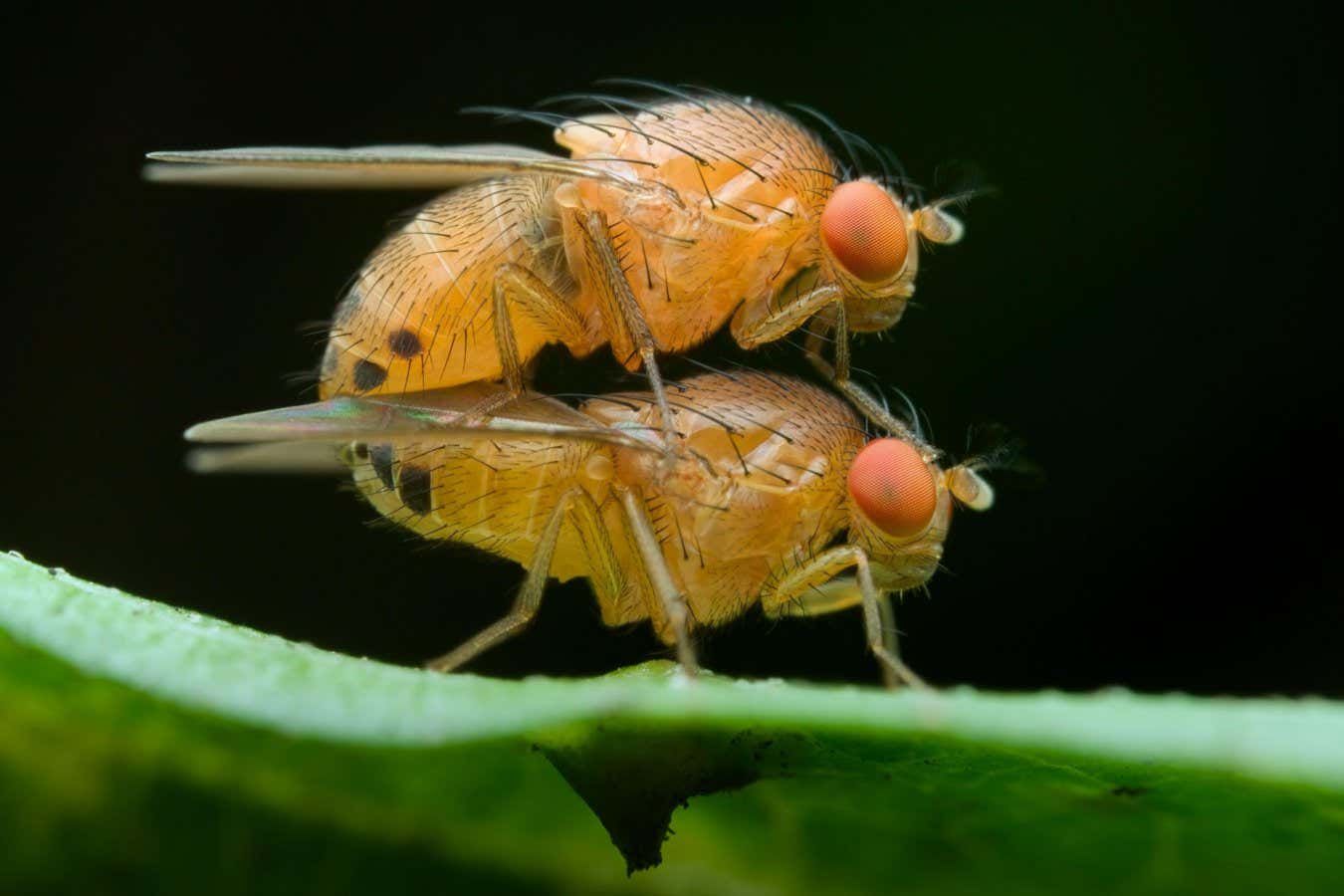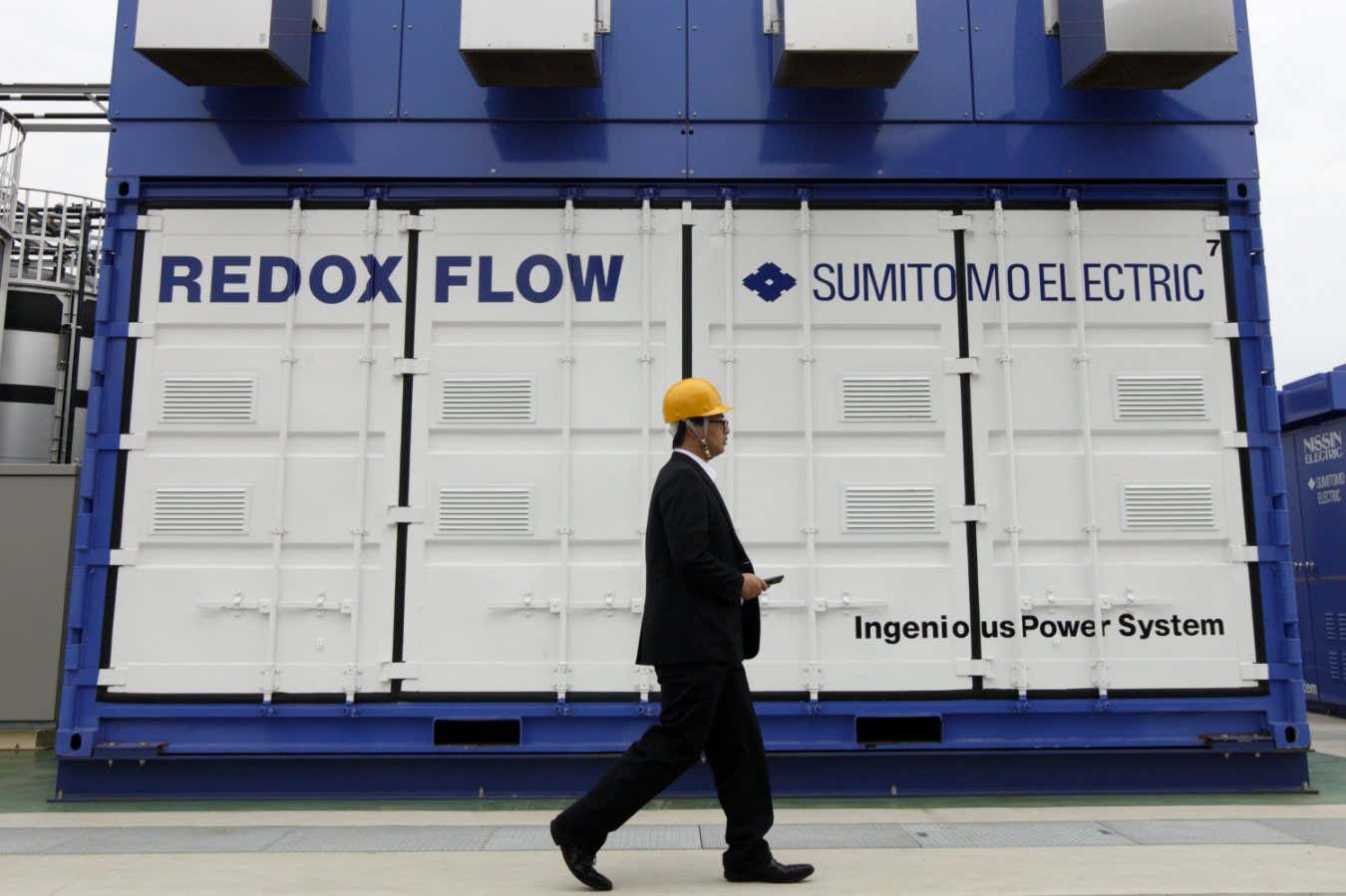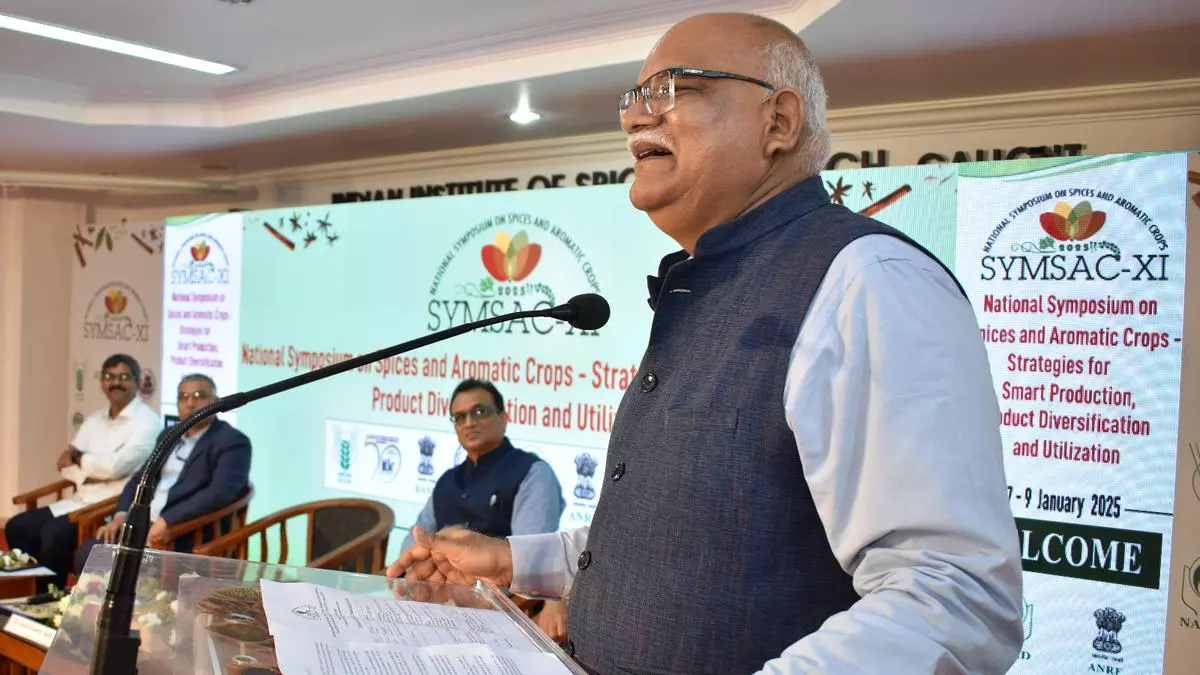
Reports indicate that Chinese hospitals are overwhelmed by a surge in cases of a new virus, HMPV (human metapneumovirus). Media across Asia, including outlets in India, Indonesia, and Japan, have urged their citizens to stay informed and cautious about this emerging health crisis, with concerns about its potential to escalate into an epidemic similar to COVID-19.
Surge in Respiratory Illnesses in China
The recent increase in respiratory infections has been most notable in Beijing, Shanghai, and Guangzhou, cities that serve as economic and transportation hubs. Overcrowded hospitals have been a focal point of media coverage, with doctors in Guangdong Province reporting a high influx of pediatric cases, which mirrors patterns observed during the COVID-19 pandemic.
According to NDTV, this wave of illnesses is “reminding people of a similar surge during COVID-19.” The Chinese government has labeled this spike as part of an annual winter pattern, a claim disputed by some international experts.
Chinese Foreign Ministry spokesperson Mao Ning has emphasized that “respiratory infections tend to peak during the winter season,” downplaying concerns of an epidemic. Beijing continues to maintain that travel to China remains safe, despite the strains on its healthcare system.
What Is HMPV?
HMPV is a respiratory virus first identified in 2001. It primarily targets the upper and lower respiratory tracts and can cause symptoms ranging from mild, flu-like discomfort to severe complications like pneumonia. Vulnerable populations, such as young children, the elderly, and those with weakened immune systems, are particularly at risk.
Key Facts About HMPV:
- Symptoms: cough, fever, nasal congestion, shortness of breath; severe cases may lead to bronchitis or pneumonia.
- Transmission: airborne (via coughing/sneezing) or surface contact.
- Incubation period: 3–7 days; recovery depends on severity.
- Treatment: Supportive care only; no vaccine is available.
Health officials are concerned because HMPV’s similarities to COVID-19 have sparked fears of a mismanaged outbreak. Experts recommend frequent handwashing, the use of masks, and avoiding crowded indoor spaces to reduce infection risk.
Similarities to COVID-19
The resemblance between HMPV and COVID-19 is striking, as both share:
- Similar symptoms: fever, coughing, nasal congestion, shortness of breath.
- Transmission pathways: spread via respiratory droplets and contaminated surfaces.
- Global concern: the potential for rapid spread due to its airborne nature.
The World Health Organization (WHO) has urged the Chinese government to release comprehensive data on respiratory illnesses, including updates on COVID-19 cases. Questions about the origins of the virus and the adequacy of containment measures remain unanswered.
International Response and Travel Advisories
Media in neighboring countries have sounded alarms, urging citizens to monitor the situation in China. Some governments have issued travel advisories, cautioning against non-essential trips. Experts recommend preventive measures, especially for those traveling to high-risk areas in China.
Recommended Precautions for Travelers:
- Wear masks in public spaces.
- Avoid crowded areas, particularly in cities like Beijing and Shanghai.
- Maintain personal hygiene with frequent handwashing.
The global focus now rests on China’s ability to manage the surge in HMPV cases while providing transparency about the scale and scope of the outbreak. As international scrutiny grows, the situation demands careful monitoring to prevent the virus from escalating into a wider health crisis.
Got a reaction? Share your thoughts in the comments
Enjoyed this article? Subscribe to our free newsletter for engaging stories, exclusive content, and the latest news.








Leave a Comment